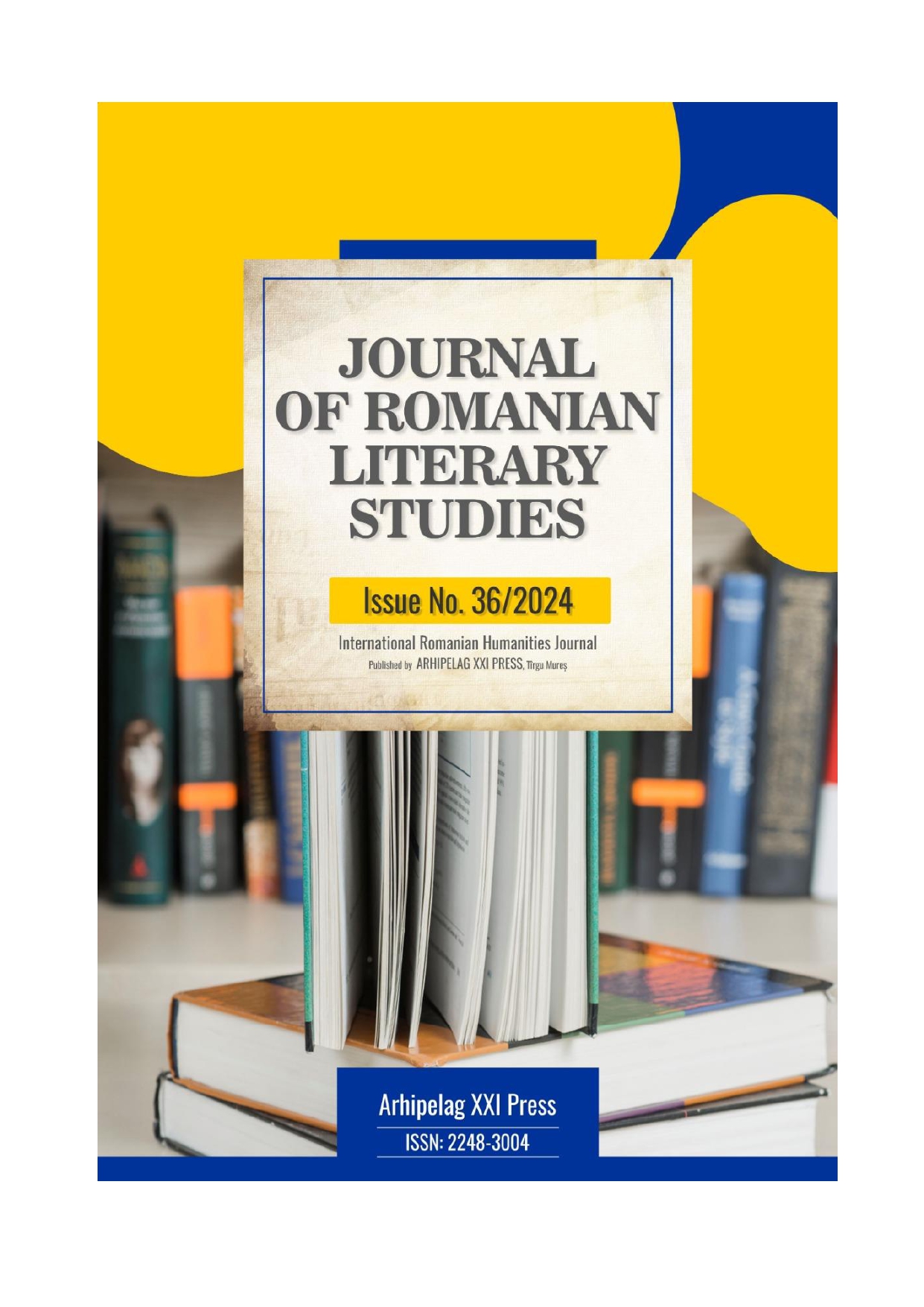ANDROGYNOUS AVATARS IN LITERATURE
ANDROGYNOUS AVATARS IN LITERATURE
Author(s): Ioana-Alexandra PavălSubject(s): Short Story, German Literature, Philology, Theory of Literature
Published by: Editura Arhipelag XXI
Keywords: avatar; androgyny; anima; animus; coincidentia oppositorum;
Summary/Abstract: Regarded by Mircea Eliade as a wide-ranging, universal archetype, the androgyne expresses, in its very duality, the permanent desire to harmonize the opposites. Without undertaking an exhaustive analysis of important works that problematize the theme of androgyny, the present study follows the avatars of this myth in the following literary works: Séraphîta by Honoré de Balzac (published in Revue de Paris in 1834), Avatar by Théophile Gautier (first published in 1856) and Death in Venice by Thomas Mann (originally published in 1912). If Avatar and Death in Venice highlight the permanent search for original perfection, Balzac’s novel depicts man in full harmony with divinity, for whom the ontological split is only a preliminary stage of perfection.
Journal: Journal of Romanian Literary Studies
- Issue Year: 2024
- Issue No: 36
- Page Range: 745-751
- Page Count: 7
- Language: Romanian

